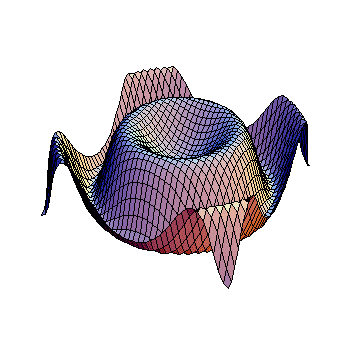How do you use the double angle or half angle formulas to derive cos(4x) in terms of cos x?
2 Answers
Explanation:
Knowing that
So,
So
We know that the constant is irrelevant for derivatives so we can say that for the function
So then you can differentiate in any way you want, using logarithms (after taking that minus four out of the way, remembering to tack it on later), we have
Remembering to put the -4 back in
Refer to explanation
Explanation:
Well it is


